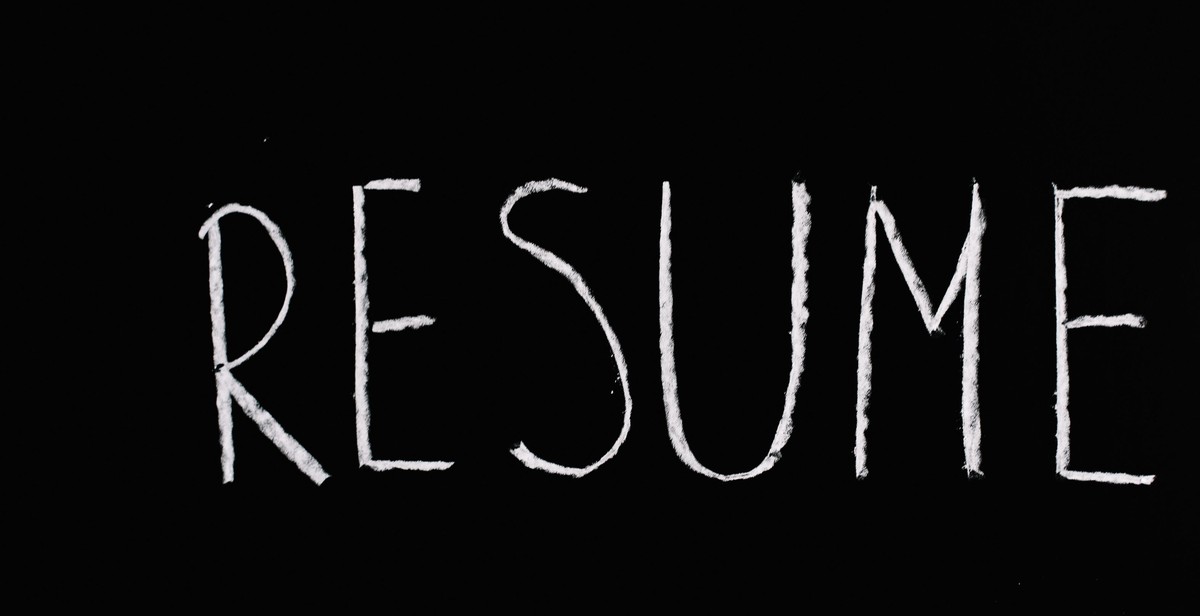How to Write a Catchy Resume that Stands Out
Job hunting can be a daunting task, especially in today’s highly competitive job market. With hundreds of resumes pouring in for a single job opening, it is essential to make your resume stand out from the crowd. But how do you make your resume catch the attention of recruiters and hiring managers?
Why is a Catchy Resume Important?
A catchy resume is essential because it is the first impression you make on potential employers. It is your chance to showcase your skills, experience, and qualifications and convince recruiters that you are the best candidate for the job. A poorly written resume can lead to rejection, even if you are highly qualified for the job.
Moreover, a catchy resume can help you get noticed in a crowded job market. It can help you stand out from other candidates and increase your chances of getting an interview call. Recruiters receive hundreds of resumes for a single job opening, and if your resume is not catchy enough, it may get lost in the pile.
Therefore, it is crucial to write a catchy resume that highlights your skills and experience and makes you stand out from the competition. In this article, we will discuss some tips on how to write a catchy resume that stands out and gets you noticed by potential employers.
Understanding the Basics of a Resume
A resume is a document that summarizes your work experience, education, skills, and achievements. It is the first impression a potential employer has of you, so it is important to make it stand out. Here are some components of a resume:
Components of a Resume
- Contact Information: This includes your name, address, phone number, and email address.
- Objective or Summary Statement: This is a brief statement that highlights your career goals and summarizes your skills and qualifications.
- Work Experience: This section lists your previous jobs, including your job title, company name, dates of employment, and job duties.
- Education: This section lists your educational background, including the name of the institution, degree earned, and graduation date.
- Skills: This section lists your relevant skills, such as computer skills, language proficiency, or certifications.
- Achievements: This section highlights your accomplishments, such as awards, publications, or projects.
Resume Formats
There are three main types of resume formats:
- Chronological: This format lists your work experience in reverse chronological order, with your most recent job first.
- Functional: This format focuses on your skills and accomplishments, rather than your work history.
- Combination: This format combines elements of both the chronological and functional formats.
Choosing the Right Font and Font Size for Your Resume
The font and font size you choose for your resume can have a big impact on how it is perceived. Here are some tips:
| Font | Font Size |
|---|---|
| Calibri | 11 or 12 |
| Arial | 10 or 11 |
| Times New Roman | 11 or 12 |
Stick to a simple, easy-to-read font, and avoid using multiple fonts or font sizes. Use bold or italic text sparingly, to highlight important information. And be consistent in your use of font and formatting throughout the document.

How to Write a Catchy Resume
A resume is a document that summarizes your skills, achievements, and work experience. It is usually the first point of contact between you and a potential employer. Writing a catchy resume that stands out from the rest is essential in today’s competitive job market. Here are some tips on how to write a resume that catches the eye of a hiring manager:
Tailor Your Resume to the Job Description
One of the biggest mistakes people make when writing a resume is sending the same one to every job application. To make your resume stand out, it’s important to tailor it to the specific job description. This means highlighting the skills and experiences that match the job requirements.
Use Strong Action Verbs
Using strong action verbs in your resume can make it more impactful and engaging. Start each bullet point with a strong action verb to describe your accomplishments and responsibilities. For example, instead of saying “was responsible for managing a team,” say “led a team of 10 employees.”
Quantify Your Achievements
Employers want to see measurable results when they look at your resume. Quantify your achievements by including specific numbers and percentages to demonstrate your impact. For example, instead of saying “increased sales,” say “increased sales by 25% in six months.”
Highlight Your Unique Selling Proposition
Your unique selling proposition (USP) is what makes you stand out from other candidates. Identify what sets you apart and highlight it in your resume. This could be a specific skill, accomplishment, or experience that makes you the ideal candidate for the job.
Add Keywords
Many employers use applicant tracking systems (ATS) to screen resumes before they even reach a human. These systems scan resumes for specific keywords related to the job description. To ensure your resume gets past the ATS, include relevant keywords throughout your resume.
Proofread Your Resume
Spelling and grammar errors can make your resume look unprofessional. Before you submit your resume, proofread it carefully for errors. You can also ask a friend or family member to review it for you.
Conclusion
By following these tips, you can write a catchy resume that stands out from the rest. Tailor your resume to the job description, use strong action verbs, quantify your achievements, highlight your unique selling proposition, add keywords, and proofread your resume for errors. With a well-written resume, you can increase your chances of landing your dream job.

Designing Your Catchy Resume
When it comes to creating a resume that stands out from the rest, the design is just as important as the content. Here are some tips on how to design your resume to catch the eye of potential employers:
Choose an Eye-Catching Design
One of the best ways to make your resume stand out is by choosing a design that is visually appealing and unique. There are many templates available online, but you should choose one that reflects your personality and industry. For example, if you are applying for a creative job, you can choose a design that is colorful and playful. However, if you are applying for a more traditional job, a clean and simple design may be more appropriate.
Use Color Strategically
Using color in your resume can help emphasize important information and make your resume more visually appealing. However, you should use color strategically and sparingly to avoid overwhelming the reader. Stick to a color scheme that complements your design and use color to highlight headers, your name, or other important information.
Include White Space
White space, or the empty space around your text and design, can make your resume look more organized and easier to read. It also helps draw attention to important information. Make sure to include enough white space in your design, but don’t overdo it. A cluttered resume can be overwhelming and difficult to read.
Use Bullets and Headers
Using bullets and headers can help break up your resume into sections and make it easier to read. Use bullets to list your skills, accomplishments, and responsibilities. Use headers to separate your work experience, education, and other important information. This will make your resume more organized and easier to scan.
Use the Right File Format
When submitting your resume, it’s important to use the right file format. Most employers prefer PDF files because they are easy to open and preserve the formatting of your design. However, if the employer requests a different file format, make sure to follow their instructions.
- Choose a design that reflects your personality and industry
- Use color strategically and sparingly
- Include enough white space to make your resume look organized
- Use bullets and headers to make your resume easier to read
- Use PDF files when submitting your resume
Conclusion
Writing a catchy resume that stands out is not an easy task, but it is a crucial step towards landing your dream job. Your resume is your first impression, and it should highlight your skills, achievements, and experiences in a way that catches the attention of the hiring manager.
To write a catchy resume, it is essential to tailor it to the job you are applying for and to use keywords relevant to the position. Additionally, using bullet points, bolding, and italicizing important information can help emphasize your skills and experiences.
Remember to keep your resume concise and easy to read. Avoid using jargon or acronyms that the hiring manager may not understand. Also, make sure to proofread your resume for any errors before submitting it.
Finally, it is crucial to revise and update your resume regularly. As you gain new experiences and skills, make sure to add them to your resume. Additionally, review your resume periodically to ensure that it is up-to-date and relevant to the job you are applying for.
By following these tips, you can write a catchy resume that stands out and increases your chances of landing your dream job.
